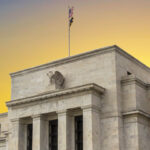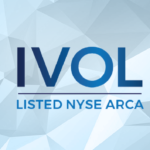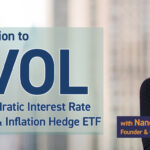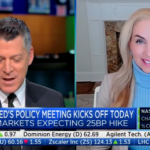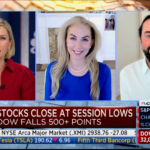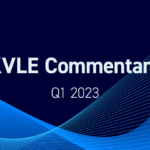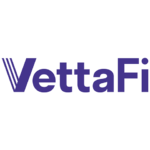
KVLE: Distinguished High Dividend Core Strategy in a Volatile 2022
KVLE continued to distinguish itself in a year where high-quality investing shined. We believe a portfolio focused on high-quality companies coupled with risk mitigation won’t go out of style.
The S&P 500 was down -18.17% for the year as stocks and bonds lost money for only the 2nd time since the S&P’s inception. In contrast, our KFA Value Line® Dynamic Core Equity Index ETF (Ticker: KVLE) did comparatively well, beating the S&P 500 by 12.29% with a return of -5.88% for the year. KVLE also boasts an attractive dividend yield of 3.31% vs. S&P’s 1.74%.
Consider the adaptive risk-management approach of KVLE. The ETF’s strategy, which seeks to capture high-quality companies for long-term growth potential, is designed to adapt to ever-changing market conditions.
For KVLE standard performance, please click here.
2022 KVLE & Index Performance Update
KVLE is benchmarked to the 3D/L Value Line® Dynamic Core Equity Index, which introduces a market adaptive approach to investing in US large-cap companies. The strategy seeks to capture quality US companies based on a three-factor process that selects stocks with high dividend yields and are the highest rated among Value Line®’s Safety™ and Timeliness™ Ranking Systems. Careful quantitative modeling that incorporates a unique set of risk management tools adjusts the beta of the overall portfolio based on the market environment. The index is rebalanced monthly.
1st Quarter: KVLE returned -1.91% versus -4.60% for the S&P 500 Index and 0.23% for MSCI High Dividend Index. The Index benefited from positioning across Utilities and Industrials but was hurt by an underweight to the Energy sector and negative security positioning in Consumer Discretionary.
2nd Quarter: KVLE returned -7.73% versus -16.10% for the S&P 500 Index and -8.72% for MSCI High Dividend Index. The Index benefited from overweighting defensive sectors such as Utilities and underweighting cyclical growth sectors such as Communication Services, Consumer Discretionary, and Technology. Negative contributors to relative performance primarily came from the Index’s underweight to the Energy sector and security positioning in Real Estate.
3rd Quarter: KVLE returned -7.91% versus -4.88% for the S&P 500 Index and -8.99% for MSCI High Dividend Index. The Index was hurt by positioning across most sectors, primarily from overweighting defensive sectors such as Utilities and underweighting cyclical growth sectors such as Communication Services, Consumer Discretionary, and Technology. The Index was also hurt by security positioning across Utilities, Communication Services, and Financials.
4th Quarter: KVLE returned 12.93% versus 7.56% for the S&P 500 Index and 14.41% for MSCI High Dividend Index. The Index benefited from positioning across Utilities and Materials and security positions within Health Care and Financials, as well as underweighting Communication Services, Consumer Discretionary, and Technology. The Index was hurt by an underweight to the Energy sector and negative security positioning in Industrials and Real Estate.
Index returns are for illustrative purposes only and do not represent actual Fund performance. Index returns do not reflect management fees, transaction costs, or expenses. Indexes are unmanaged, and one cannot invest directly in an index. Past performance does not guarantee future results.
Conclusion
By the end of 2022, KVLE had maintained its defensive orientation concerning market beta and sector/security positioning. The Index was overweight Utilities, Consumer Staples, and Real Estate, while underweight Technology, Consumer Discretionary, Health Care, Energy, and Communication Services.
Looking ahead to 2023, we believe that KVLE remains an attractive and distinguished product compared to the S&P 500. In times of uncertainty, investing in high-dividend companies remains a safe bet, as exemplified by KVLE. With a risk-averse approach to equity investing, it may be a suitable option for some investors in the current environment.
This material must be preceded or accompanied by a current prospectus. Investors should read it carefully before investing or sending money.
See Prospectus here.
Index Definitions:
S&P 500 - is an American stock market index based on the market capitalizations of 500 large companies having common stock listed on the NYSE or NASDAQ.
MSCI High Dividend Index - designed to reflect the performance of equities in the parent index (excluding REITs) with higher dividend income and quality characteristics than average dividend yields that are both sustainable and persistent.
3D/L Value Line® Dynamic Core Equity Index - seeks to capture quality US companies based on a three-factor process that selects stocks with high dividend yields and are the highest rated among Value Line®’s Safety™ and Timeliness™ Ranking Systems.

